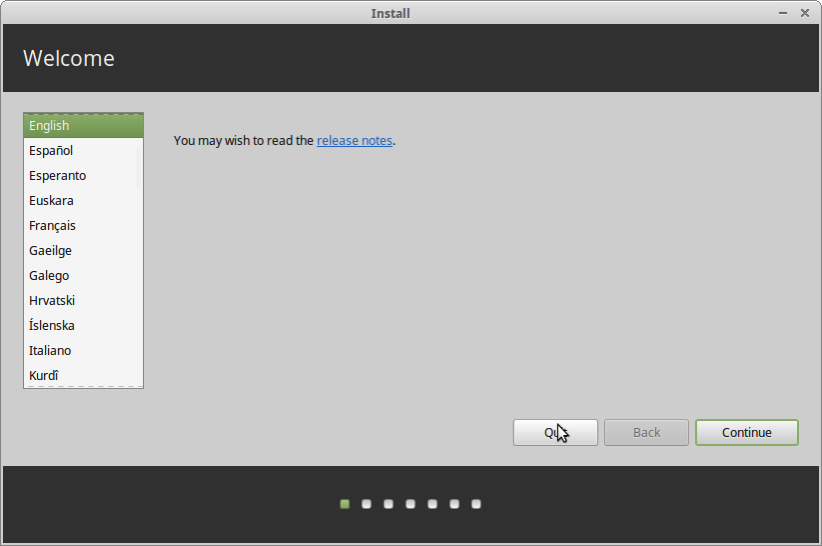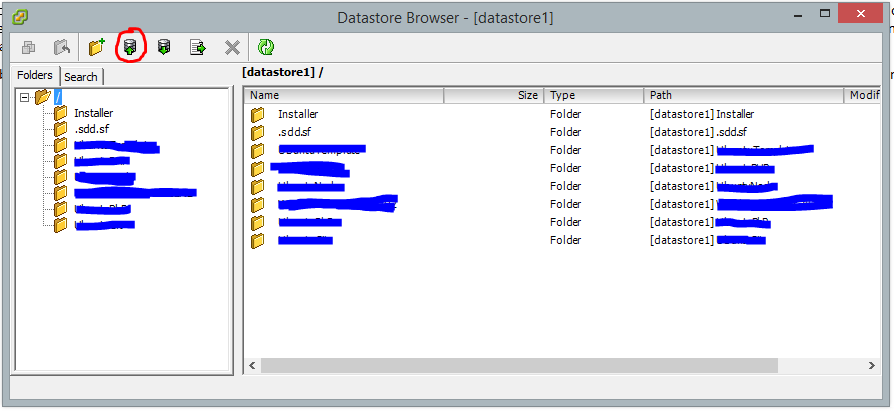Install Esxi Software Raid For Mac

I have this on a Mac Pro 5,1 (also used to have it on a 4,1 with no issues) Running ESXi 5.5, I have one OSX VM (Yosemite Server), but have powered up a second on occasion. I've read you can only run two (licensing?), but I don't think ESXi stops you from doing this. I run this for deploystudio, since new versions tend to break things, I love being able to snapshot, try the upgrade, then go back if it didn't work as planned. I also have a few Linux VMs and a Windows Server 2008 VM. No issues running a mix like that.
I was not able to get the Apple RAID card to work, I had a lot of trouble getting RAID, I ended up buying an IBM 46M0918 M5014. Setting it up on a PC (no way to get to the configuration from a Mac) then put it back in the Mac. Setup ESXi to monitor the status. Initially I used 2006 Mac Pro trays with the drives in backwards and left the side off, adding another power supply for the drives. This worked fine, but I eventually switched to an separate enclosure For the VPN, I'm sure you could get a VPN VM that you could connect to, maybe even put the other VMs behind it, if that's what you wanted.
I have not looked into doing this. I have this on a Mac Pro 5,1 (also used to have it on a 4,1 with no issues) Running ESXi 5.5, I have one OSX VM (Yosemite Server), but have powered up a second on occasion. I've read you can only run two (licensing?), but I don't think ESXi stops you from doing this. I run this for deploystudio, since new versions tend to break things, I love being able to snapshot, try the upgrade, then go back if it didn't work as planned. I also have a few Linux VMs and a Windows Server 2008 VM. No issues running a mix like that. I was not able to get the Apple RAID card to work, I had a lot of trouble getting RAID, I ended up buying an IBM 46M0918 M5014.
Setting it up on a PC (no way to get to the configuration from a Mac) then put it back in the Mac. Setup ESXi to monitor the status. Initially I used 2006 Mac Pro trays with the drives in backwards and left the side off, adding another power supply for the drives. This worked fine, but I eventually switched to an separate enclosure For the VPN, I'm sure you could get a VPN VM that you could connect to, maybe even put the other VMs behind it, if that's what you wanted. I have not looked into doing this.
Click to expand.Ah thanks for the info. So we wouldn't be planning on running two OSX VM's, just the one.


I imagine we would want to run one fedora VM (probably headless), and one windows VM too. So it looks like we'd be fine doing that.
We're actually going to buy a new Mac pro to do it on anyway, and you can only attach storage externally, so using a RAID enclosure for our storage would negate any issue of RAID problems at a firmware level on OSX. The VPN remains the only real worry, but I think we're going to have to at least buy a router anyway, so we may as well just get one with the VPN server built in.
I have this on a Mac Pro 5,1 (also used to have it on a 4,1 with no issues) Running ESXi 5.5, I have one OSX VM (Yosemite Server), but have powered up a second on occasion. I've read you can only run two (licensing?), but I don't think ESXi stops you from doing this. I run this for deploystudio, since new versions tend to break things, I love being able to snapshot, try the upgrade, then go back if it didn't work as planned. I also have a few Linux VMs and a Windows Server 2008 VM. No issues running a mix like that. I was not able to get the Apple RAID card to work, I had a lot of trouble getting RAID, I ended up buying an IBM 46M0918 M5014. Setting it up on a PC (no way to get to the configuration from a Mac) then put it back in the Mac.
Setup ESXi to monitor the status. Initially I used 2006 Mac Pro trays with the drives in backwards and left the side off, adding another power supply for the drives. This worked fine, but I eventually switched to an separate enclosure For the VPN, I'm sure you could get a VPN VM that you could connect to, maybe even put the other VMs behind it, if that's what you wanted. I have not looked into doing this.
Esxi Raid Configuration
Click to expand.You have to install Yosemite, then install server from the App store. There wasn't any kind of warning when running Yosemite before installing Server. You might want to double check the license requirements for Yosemite to make sure this is acceptable, but as far as I can tell, ESXi does not prevent you from doing this. As I read it, you're okay, unless you're using it for commercial use not related to software development. If so, you must purchase server. (iii) to install, use and run up to two (2) additional copies or instances of the Apple Software within virtual operating system environments on each Mac Computer you own or control that is already running the Apple Software, for purposes of: (a) software development; (b) testing during software development; (c) using OS X Server; or (d) personal, non-commercial use.
You have to install Yosemite, then install server from the App store. There wasn't any kind of warning when running Yosemite before installing Server. You might want to double check the license requirements for Yosemite to make sure this is acceptable, but as far as I can tell, ESXi does not prevent you from doing this. As I read it, you're okay, unless you're using it for commercial use not related to software development.
If so, you must purchase server. (iii) to install, use and run up to two (2) additional copies or instances of the Apple Software within virtual operating system environments on each Mac Computer you own or control that is already running the Apple Software, for purposes of: (a) software development; (b) testing during software development; (c) using OS X Server; or (d) personal, non-commercial use.
In our previous post on how to, we discussed how to upgrade your Avago/LSI SMIS provider that allows you to interact with your Avago/LSI card with the Avago Storage Manager utility. However, may not have installed the Avago/LSI SMIS provider on your VMware ESXi host and you may need visibility into a RAID operation or to silence the alarm on your VMware ESXi host running an Avago/LSI RAID controller.
What are your options here? Do you have to schedule a maintenance period to shutdown your VMs (if standalone host, lab environment, etc), install the vib, and reboot? Thankfully, there is another utility that can come in handy in these cases when you need to interact with your Avago/LSI RAID controller and you can’t schedule a maintenance period. For these situations, we can use Avago LSI StorCLI, so let’s look at Installing Avago LSI VMware ESXi. Installing Avago LSI StorCLI VMware ESXi Similar to installing the Avago/LSI SMIS provider, the process to install the StorCLI is straightforward and simply includes copying the.vib file to the ESXi host and then installing using the esxcli software vib install -v command pointed to the.vib.
The nice difference in installing StorCLI from installing the SMIS provider is that the StorCLI does not require a reboot. After installation, we need to change our working directory to /opt/lsi/storcli where we can then run the storcli command. Below we are running the storecli show command. Silence Alarm Avago LSI StorCLI.
I like the tools that are provided by Avago/LSI to interact with the RAID controllers and affect change to the controller while booted into an operating system. The SMIS provider is a great way to remotely monitor an Avago/LSI system remotely. If you don’t have the luxury of a maintenance period to reboot a host, the StorCLI is a nice alternative to using the Storage Manager application. The StorCLI is all command line driven, however, has most if not all of the functionality of the Storage Manager application.
Installing Avago LSI StorCLI VMware ESXi can provide a great alternative to having a maintenance period and needing a reboot to interact with the Avago/LSI RAID controller.